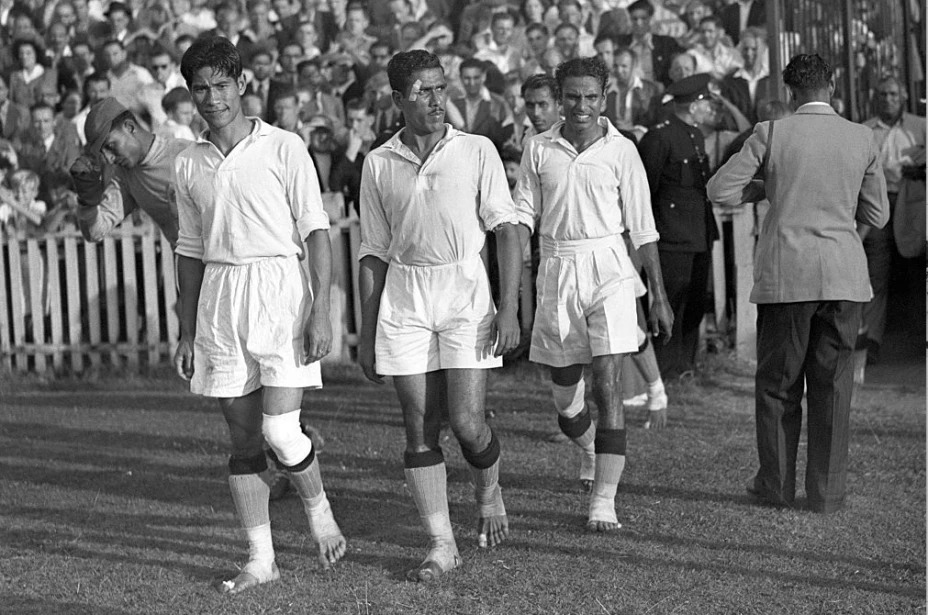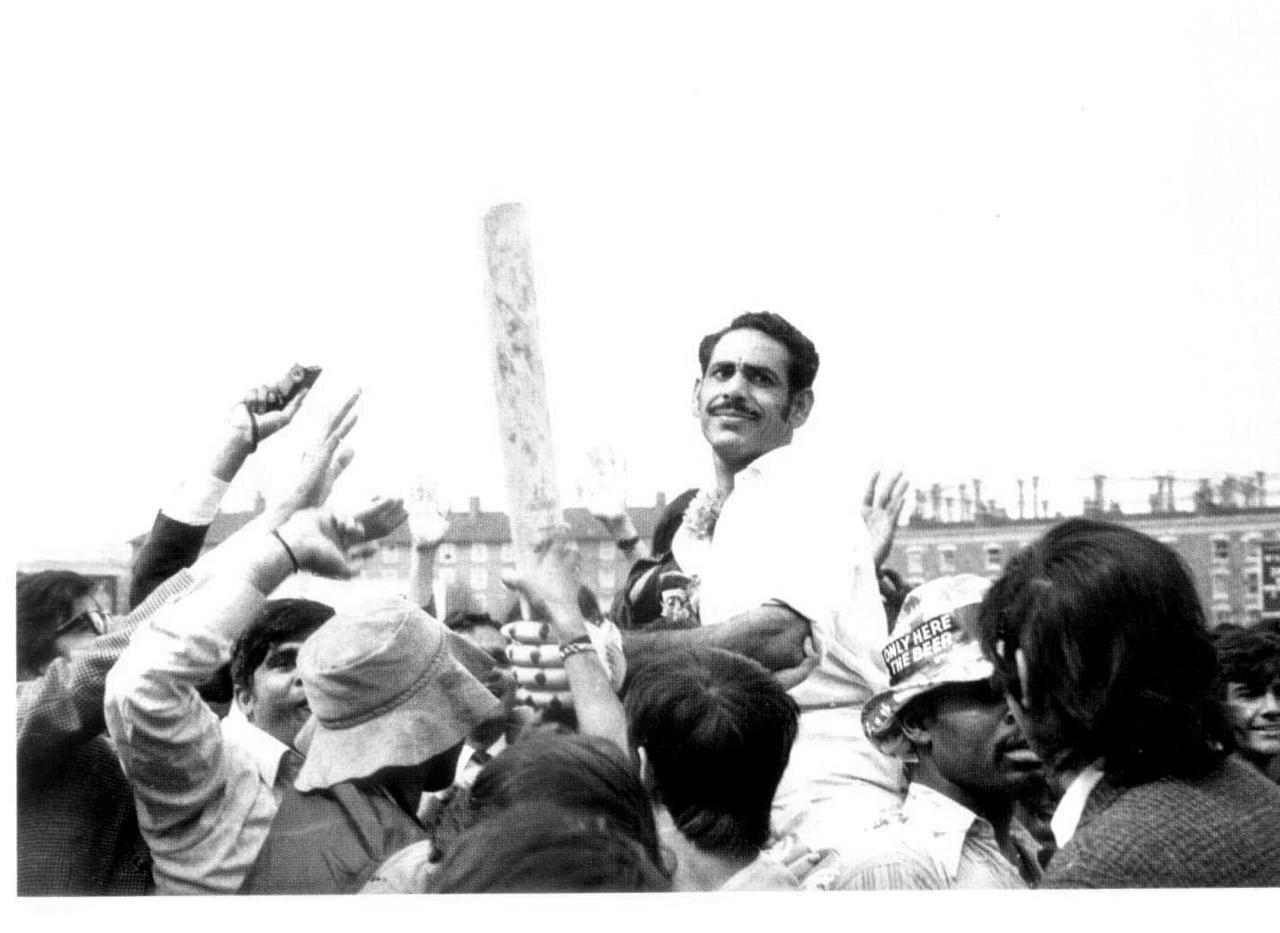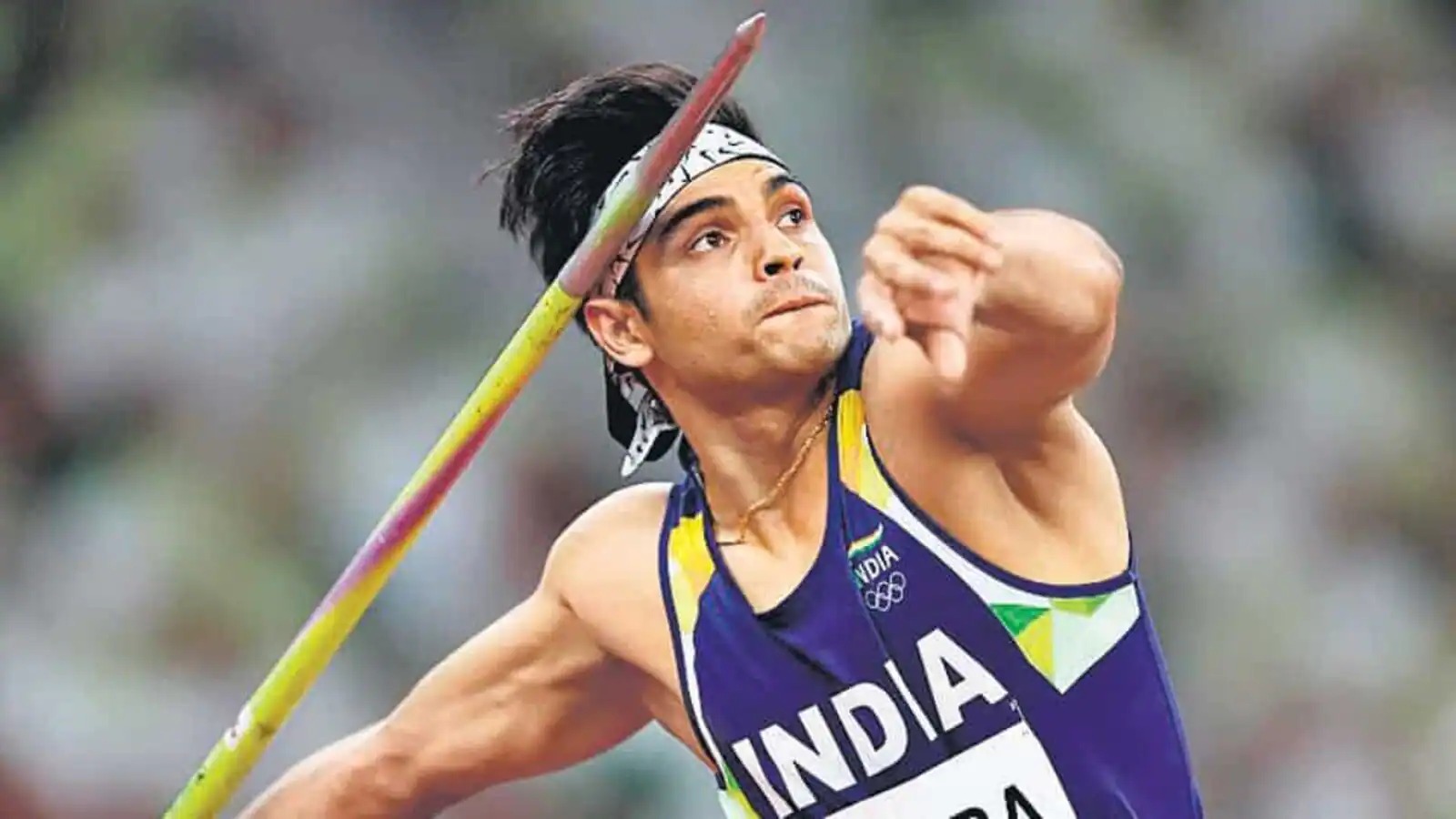
If I were to tell you today that an Indian athlete has won a gold medal, you might ask me, is it in chess, badminton, hockey, javelin, boxing, or weightlifting? In the not-so-distant past, that was almost unheard of. Amidst all the criticism and the heartache, India has done well to emerge from a self-inflicted shell and is set to take its rightful place on the world podium. On the occasion of the 79th Indian Independence Day, may I dare say that the story of Indian sport is veritably the story of the nation itself? We have, in the last eight decades, seen four revolutions.
When the tricolour first waved free in 1947, our sporting cupboard was not exactly bare but it was not overflowing either. What we did have was a stubborn refusal to quit, a knack for drama, and an unshakeable belief that someday we would rule the playground. And what a ride it has been!
Revolution 1: The Pride Parade (1947–1970)
From “Who are they?” to “Uh-oh, here they come!”
Freshly independent India stepped into the arena with hockey sticks swinging. Olympic golds in 1948, 1952, and 1956, including that sweet 4–0 win over Great Britain in London, were less about sport and more about poetic justice. Cricket was warming up, footballers were running barefoot at the 1948 Olympics, and wrestlers were grappling their way into the record books. We were not fancy yet, but we were feisty.
Revolution 2: The Barrier Busters (1970–1983)
First we knock, then we kick the door open.
The 1970s were when India started gate-crashing victory parties abroad. Ajit Wadekar’s cricket team stunned the West Indies and England in 1971, and hockey won the 1975 World Cup. P.T. Usha sprinted into national folklore, proving speed was not just for the Caribbean. We learnt that Indian sport did not need to politely ask for a seat at the table, we could simply pull up a chair.

Revolution 3: The Big Boom (1983–2007)
From underdogs to headline hogs.
Kapil Dev and his boys shocked the cricketing universe by winning the 1983 World Cup, and suddenly every kid wanted to be an all-rounder. The 1990s brought economic liberalisation and a flood of sporting ambition: Leander Paes and Mahesh Bhupathi served up Grand Slam wins, Viswanathan Anand became World Chess Champion, Karnam Malleswari pumped her way to Olympic bronze, and Rathore’s silver in 2004 made shooting look like the coolest thing after cricket. India was not just turning up any more, we were turning it on.
READ: How hockey’s London-1948 heroes gave India sporting independence
Revolution 4: The Big, Bold, Global Era (2008–Present)
Champions everywhere you look.
The 21st century? Oh, we have been busy. Dhoni’s cricket teams grabbed the 2007 T20 World Cup, the 2011 ODI World Cup, and the 2013 Champions Trophy. Abhinav Bindra shot down India’s first individual Olympic gold, Mary Kom and P.V. Sindhu proved Indian women pack a serious punch, and Neeraj Chopra’s javelin gold in Tokyo made us believe anything is possible. The IPL is now a crown jewel on the world stage, we have a chess army led by Anand’s protégés, and medal hauls at the Commonwealth and Asian Games and you have a nation that now treats winning as a habit, not a happy accident.

India’s sporting story is, essentially, our national story: scrappy beginnings, bold leaps, giant dreams, and a refusal to quit. From the dusty gullies to Olympic podiums, we have gone from “just happy to be here” to “we are here to win.”
For more such stories, follow RevSportz




